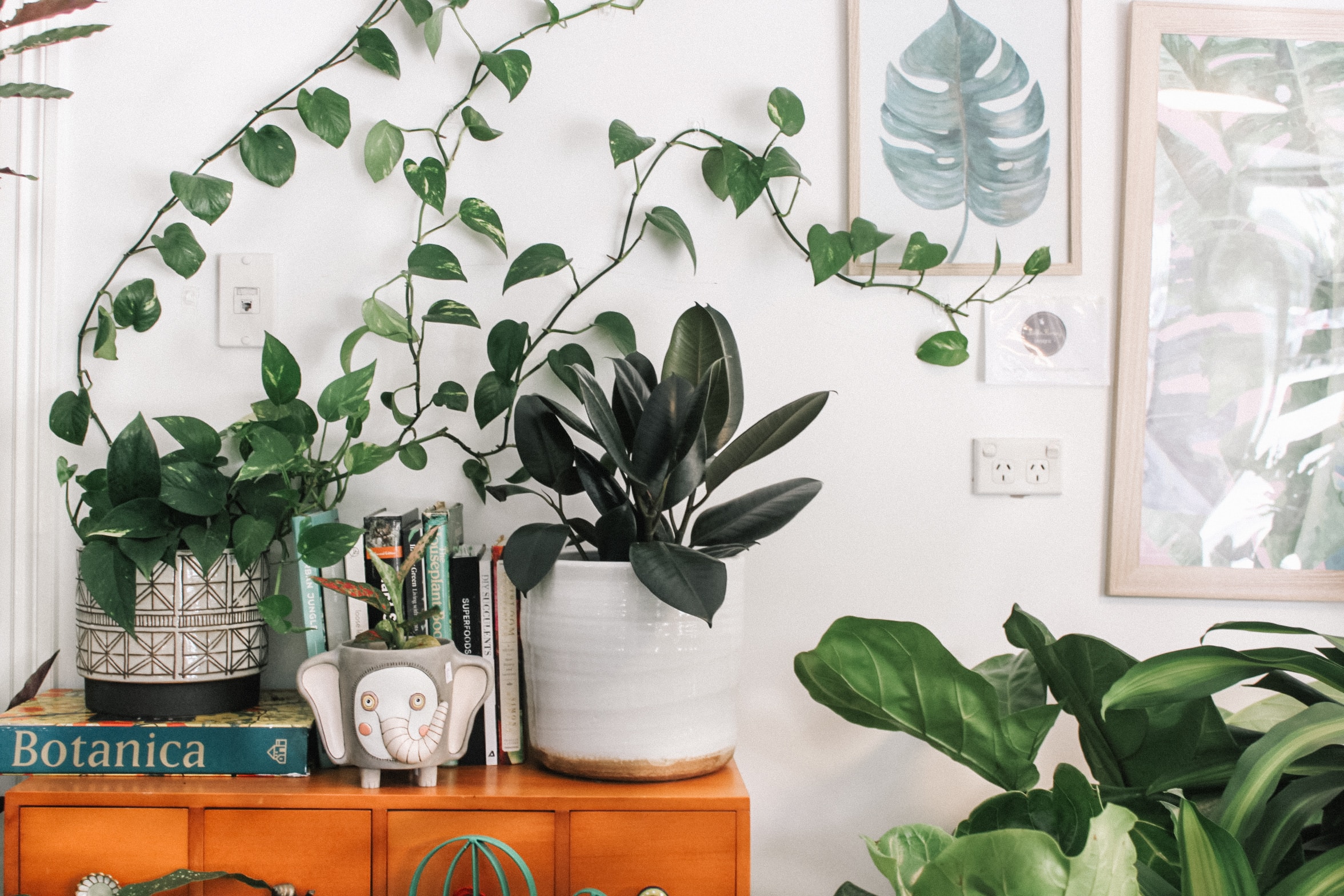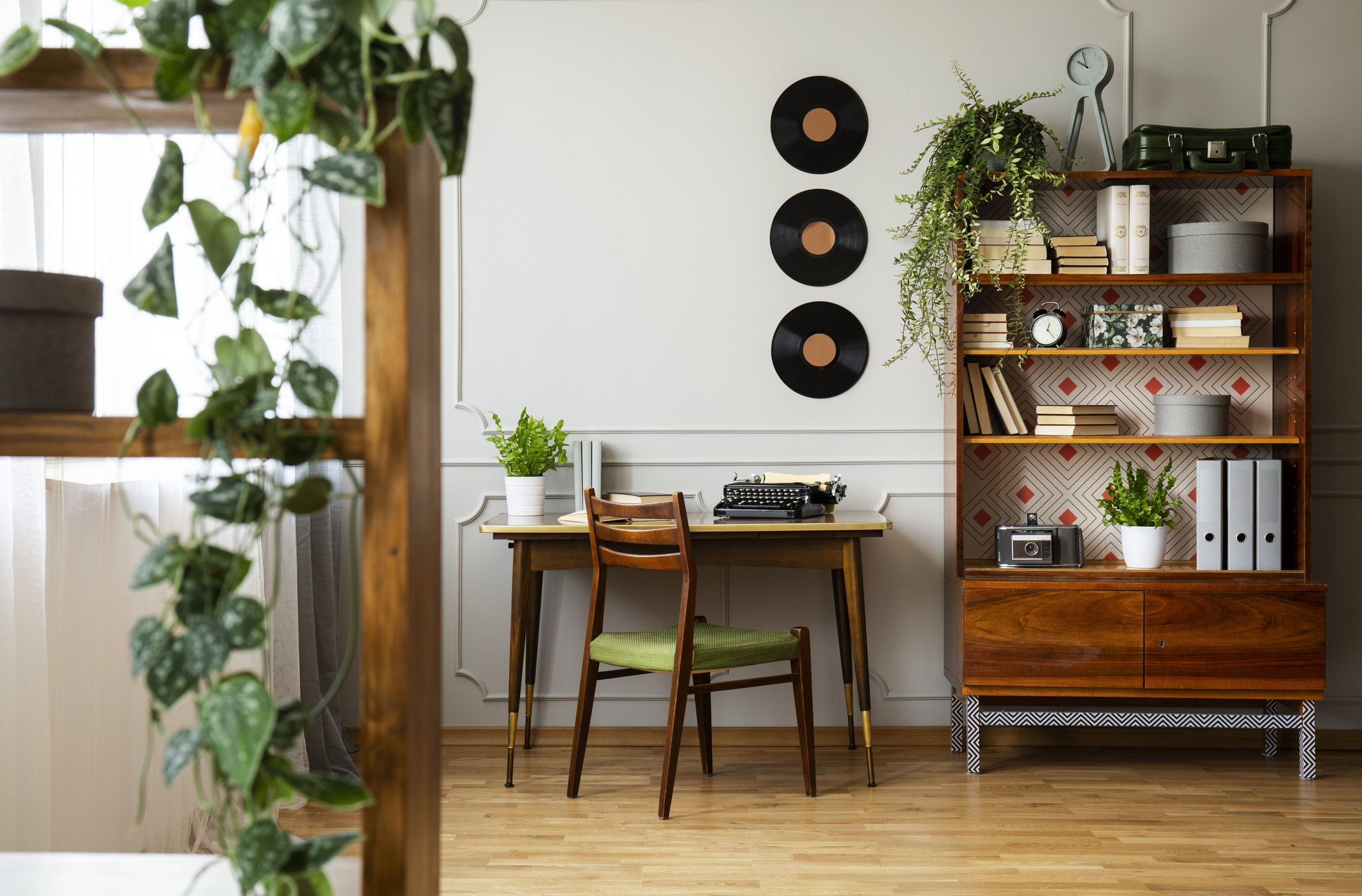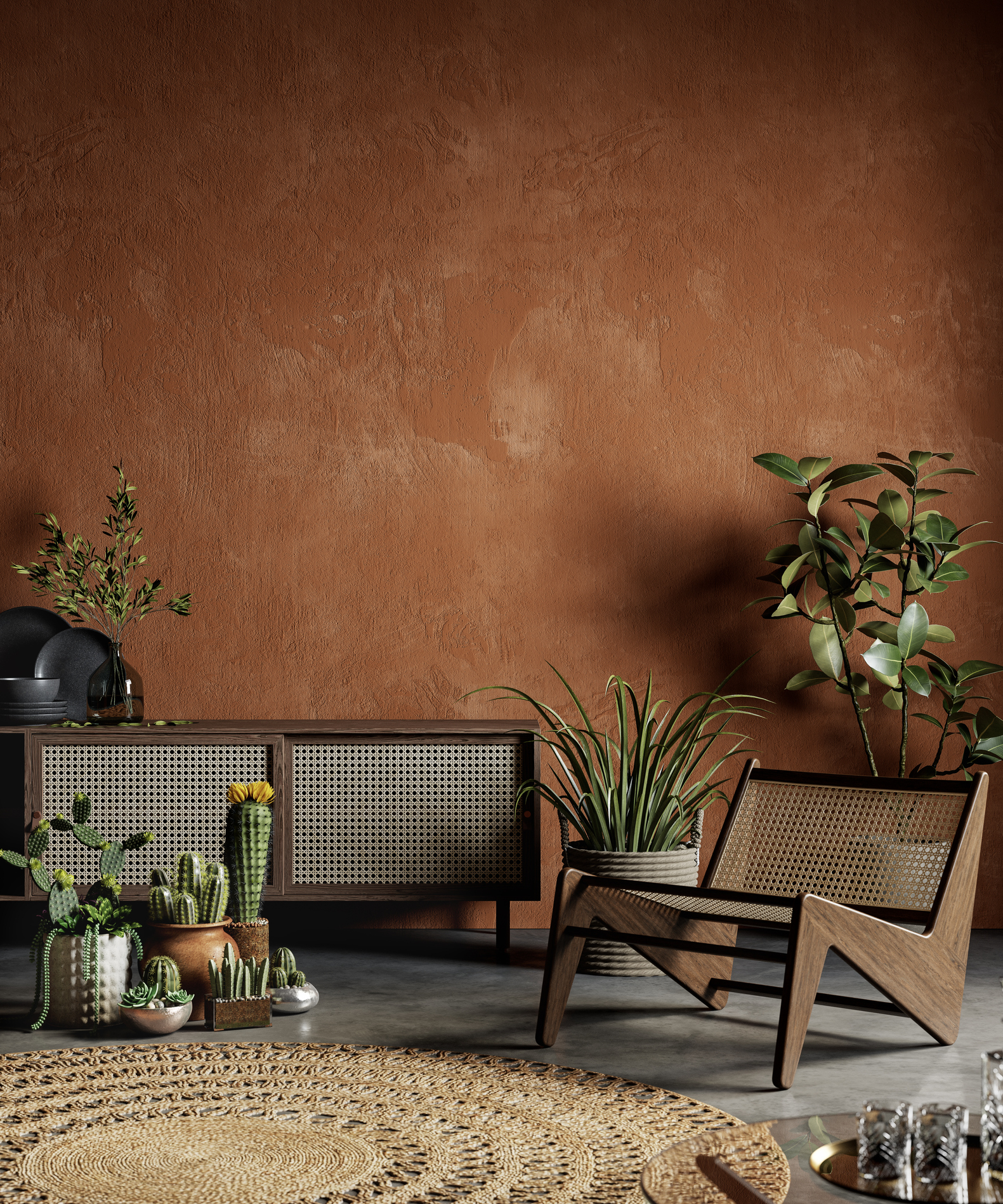July showed us his warm face from day one. He had no pity for us. If you live in an air-conditioned house, you are among the privileged. If not, you are one of the brave. Of the “heroes”, we might say. And as I learn by watching the weather closely, even warmer days await us around the next corner. Therefore, daily life will become even more difficult for those of us who do not live by the sea but in the city.
But we are not the only ones struggling. The same unbearable feeling is experienced by the plants in our house, which have difficulty with this suffocating atmosphere. Although houseplants need light and warmth to survive, extreme heat like the one in recent days can damage their health, leaving drooping stems and brown, wilted leaves. And if you ignore these signs, one thing is certain: your plants will die, and I don’t think you want that to happen…

That’s why it’s very important to keep a close eye on your plants during the heat and adjust your care routine to ensure they stay healthy despite the changing conditions. With that in mind, we consulted Patch Plant’s plant expert, Meg Spink, to tell us everything we need to know to keep our plants safe and healthy in the heat.
Proper watering is the beginning, middle and end!
We all know how important it is to stay hydrated in the heat. The same goes for our plants. “Spink explains that during the summer, your plants will likely require additional water, particularly in extremely hot weather. Leaf growth necessitates a significant amount of water, and with elevated temperatures, the soil tends to dry out more rapidly. Grab your watering can and check your houseplants a little more often than usual. But remember, you should only water them when they need it, you don’t want to drown them in soggy ground,” he notes.

Direct exposure to the sun seriously damages your health
Although plants need light to survive, it is not a good idea to expose them to direct sunlight, especially during a heat wave. “The sun is very strong this time of year,” Spink explains. “Move more sensitive plants away from windows to avoid harsh rays.” Sensitive plants, most likely to suffer from direct sunlight, include Chlorophyta, nerve plants (fittonia), dragon trees and figs. Monstera can also develop burnt leaves due to direct exposure to bright sunlight.

He squirted and squirted again. And in general: spraying!
If you have a lot of tropical plants – such as Candlestick, Sansevieria, Shefflera and Calathea – it is a good idea to regularly spray the leaves with a misting bottle during the heat. “Tropical plants like high humidity,” Spink explains. Ensure that you adequately moisten their leaves to prevent them from becoming dry.This especially applies to plants with beautiful large leaves, such as Ficus, Colocasia and Musa.’

